What Came First: Beer or Bread? Rethinking the Agricultural Revolution
Written on
Chapter 1: The Role of Bread in Civilization
Throughout history, bread has served as a cornerstone for societies globally. Its crucial role has led many historians and archaeologists to assert that the push toward agriculture stemmed from an increasing demand for this staple food. However, I propose an alternative viewpoint: that the emergence of beer, rather than bread, was a key factor driving the agricultural revolution. Although research on this topic is scarce, it offers a fresh lens through which we can examine human history.
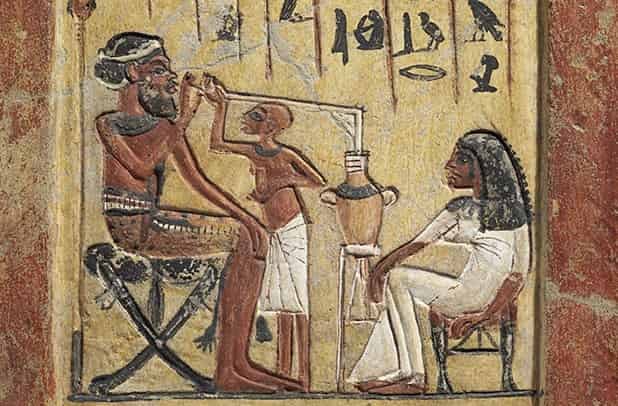
Section 1.1: A Different Kind of Beer
The beer consumed in ancient times was markedly different from what we drink today.
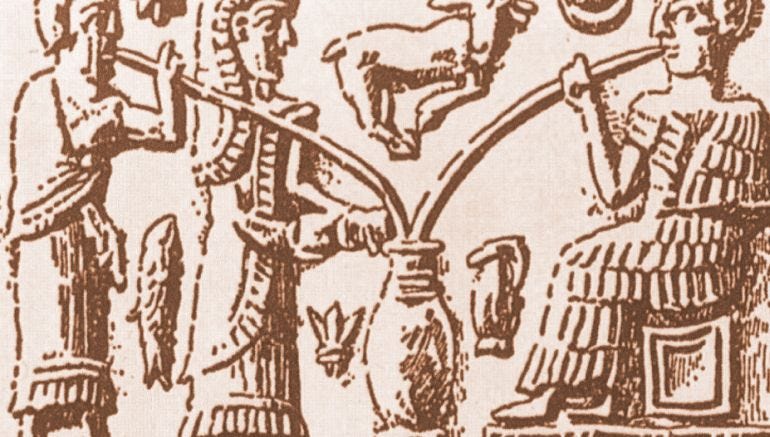
Sumerian men are depicted drinking beer from a shared jug using straws to avoid floating grains or residues. In contrast to modern expectations, ancient beer was more akin to a thick porridge. The alcohol content typically hovered around 2% but could reach up to 5%.
So why was beer so popular? Unlike today, ancient beer was a dietary staple in Mesopotamia, supplying essential carbohydrates, proteins, and calories for a healthy populace. Furthermore, it served as a dependable hydration source in a time when clean water was scarce. Beer was also simpler to produce than bread, requiring only mashed grains and water.
This preference for beer even influenced religious beliefs, as illustrated by a Sumerian proverb: "He who does not know beer, does not know what is good."
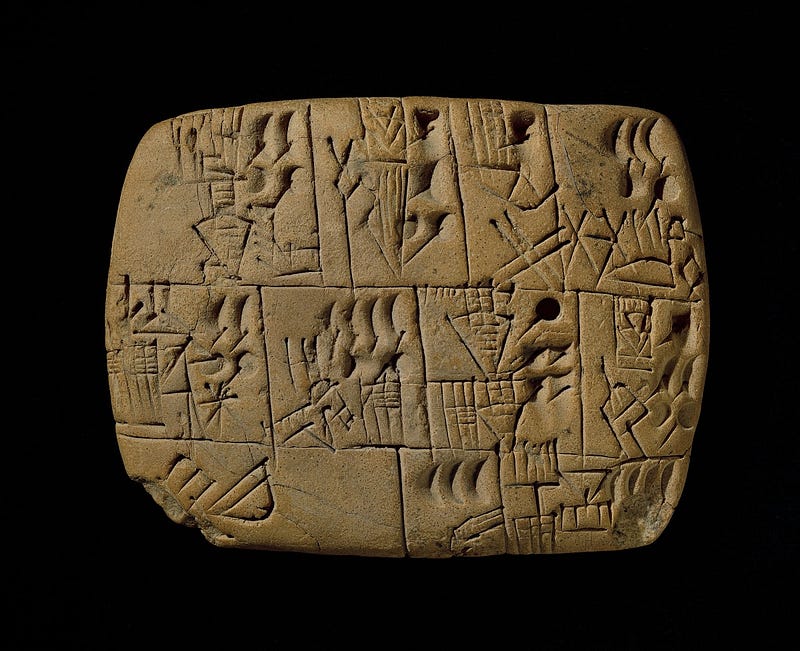
Beer had various applications in the ancient world, ranging from religious rituals to cultural practices. The Babylonians, for instance, had over 70 different beer types.
Section 1.2: The Beer Before Bread Hypothesis
The widespread domestication of grains is believed to have begun around 10,000 BCE in the Middle East. While agriculture arose independently in various regions, West Asia is considered the earliest.

The theory that beer preceded bread is relatively recent, first articulated in Dr. Robert J. Braidwood’s 1953 symposium titled "Did Man Once Live by Beer Alone?" Dr. Braidwood posited that the complexity of baking bread made it less likely that early humans prioritized it over brewing beer, which could be easily fermented from wild wheat.
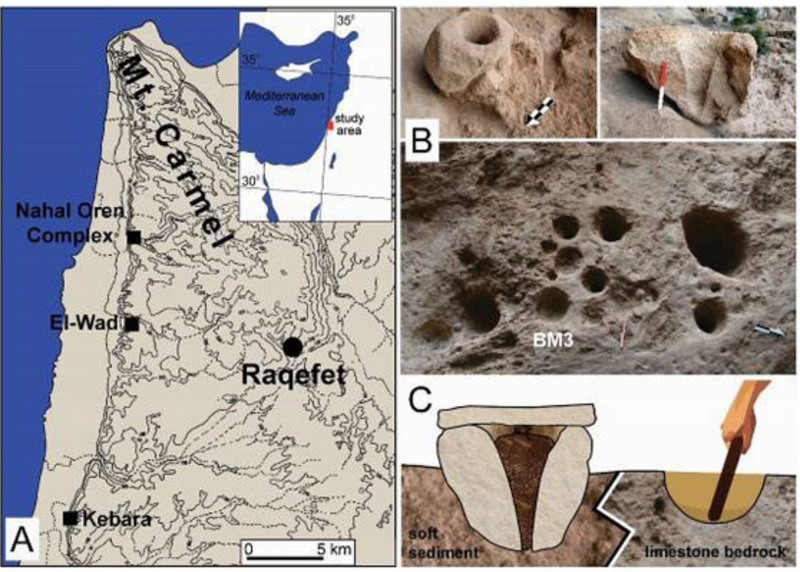
A 2018 study from Stanford examined Natufian stone mortars, revealing signs of fermented beverages dating back approximately 13,000 years. Analysis of residue indicated the use of malted wheat and barley, likely for brewing beer used in rituals honoring the deceased.
Archaeologist Dr. Li Liu concluded that the desire for alcohol may have emerged not merely as a byproduct of agricultural surplus, but rather for ceremonial and spiritual reasons before agriculture was fully established.
Section 1.3: The Limitations of Early Agriculture
While agriculture is often seen as a step forward for humanity, it initially led to a decline in quality of life for those who adopted it.
Studies of skeletal remains from hunter-gatherers reveal that their bone density was around 20% higher due to their lifestyle and diet. Research indicates that individuals from this era had bones as strong as modern orangutans, while farmers from the same region thousands of years later exhibited significantly weaker bones.
A 2019 study from the University of Cambridge showed that modern tribes in the Philippines that shifted from foraging to farming worked approximately ten hours more per week than their foraging neighbors.
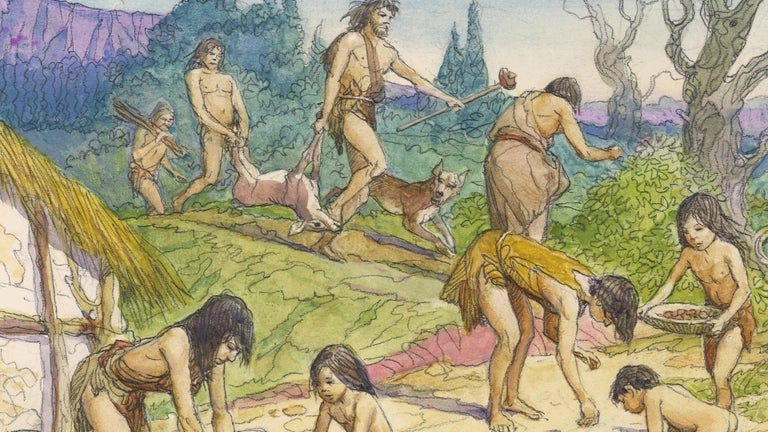
The stark contrast in quality of life raises the question: why would early humans choose a less advantageous lifestyle? Previous research suggests that the rise of agriculture was less about practicality and more about ceremony. In essence, the allure of beer may have outweighed the necessity for bread.
Section 1.4: Evidence of Brewing Among Hunter-Gatherers
Göbekli Tepe is among the most significant archaeological findings from the Pre-Pottery Neolithic period. While the Sumerian civilization is thought to have begun around 5,000 BCE, Göbekli Tepe shows signs of habitation dating back to 11,000 BCE.
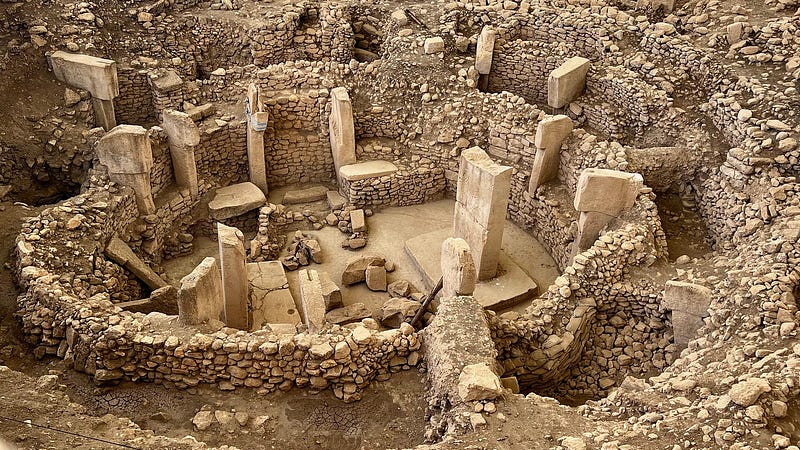
What puzzles many archaeologists is that hunter-gatherer societies built this megalithic site, challenging the notion that agriculture was a prerequisite for permanent settlements. A 2012 study from Cambridge University found potential evidence of beer brewing at the site, discovering oxalate in several limestone vessels, which indicates the production of malt and beer.
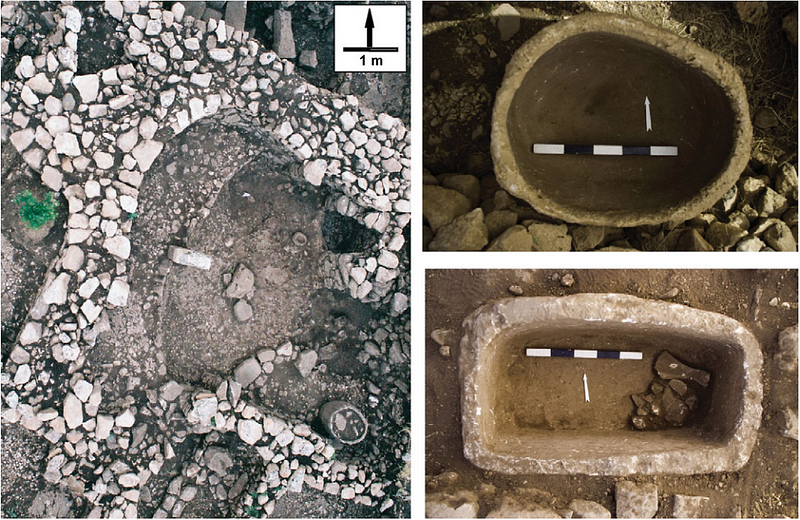
While the findings are not definitive, they suggest that societies may have engaged in brewing before fully transitioning to agriculture. The researchers concluded that the social dynamics surrounding alcohol consumption and communal feasting likely played a role in the shift from hunting and gathering to early agricultural communities.
Section 1.5: Ongoing Research
The history of beer remains a debated topic. While its societal significance is clear, its archaeological implications are continually evolving. Exploring our past can reshape our understanding of humanity and reveal how closely connected we are to our ancient ancestors. Sometimes, this connection can be as straightforward as enjoying a beer together.
Until next time, if you're curious to learn more about Göbekli Tepe, check out our next section.
The first video titled "Which Came First: Beer or Bread?" delves into this intriguing question, exploring the historical significance of both beverages in the development of human societies.
The second video, "Which Came First: Beer or Bread? | Everything Everywhere Daily History Podcast," presents an engaging discussion on the connection between these two staples and their impact on civilization.